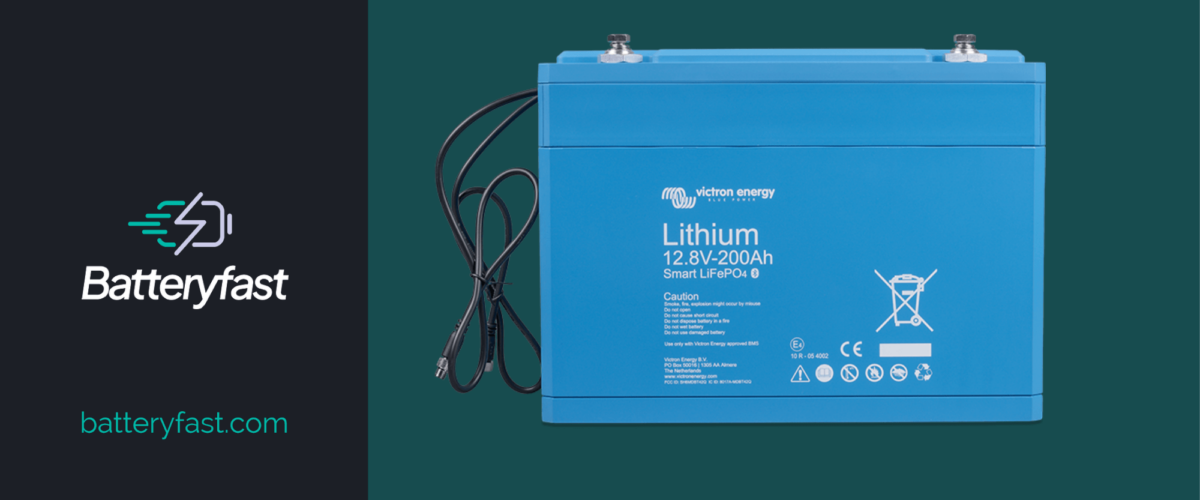A Lithium Iron Phosphate (LiFePO4) battery, also known as LFP battery, is a type of rechargeable lithium-ion battery that uses Lithium Iron Phosphate as the cathode.
It’s a relatively new technology, and has gained recent popularity due to its energy density, cycle life, and safety.
Compared to other lithium-ion batteries, LiFePO4 batteries have lower energy density but higher power density, which makes them more suitable for applications like electric vehicles, power tools, and renewable energy systems. They also have a longer cycle life, typically rated at 2000 to 5000 cycles, which means they can be charged and discharged more times than other lithium-ion batteries (200 – ~1000 charge cycles before significant degradation for lithum-ion).
Another advantage of LiFePO4 batteries is safety – they are less prone overheating and catching fire / exploding like their lithium-ion counterparts. This is because LiFePO4 cathodes are more stable and less reactive than some materials in lithium-ion batteries. One of the issues with lithium-ion batteries is that they contain cobalt, which is not only difficult and expensive to mine but also comes with ethical and environmental issues).
LiFePO4 batteries are more reliable and safer for applications that require high power output and longer cycles. However, this comes with increased costs vs other lithium-ion batteries, mainly due to the cost of the raw materials / manufacturing process, but also becuase the space is so new, there are potential patent blockers stopping markets other than China breaking into the market – leading to monopoly pricing.

